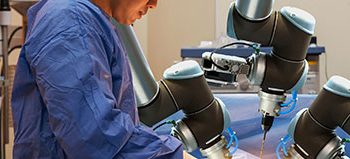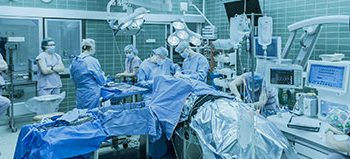The global single use bioreactors market is projected to reach USD 8.8 billion by 2026 from USD 3.4 billion in 2021, at a CAGR of 21.1% during the forecast period. The growth of this market is mainly driven by the increasing adoption of SUBs among small companies and startups, reduced automation complexity, ease in the cultivation of marine organisms, reduced energy and water consumption, the growing biologics market, technological advancements in SUBs, and increasing Biopharmaceutical R&D.
The prominent players operating in the single use bioreactors market are Sartorius Stedim Biotech (France), Thermo Fisher Scientific (US), Danaher Corporation (US), and Merck KGaA (Germany).
Sartorius Stedim Biotech held the leading position in the single-use bioreactors market in 2019. Sartorius focuses on strengthening its position in the market by adopting organic and inorganic strategies such as product launches and expansions. During the past three years, Sartorius Stedim Biotech launched SUB systems such as BIOSTAT STR Generation 3 Single-Use Bioreactor, BIOSTAT RM TX Single-Use Bioreactor, and BIOSTAT STR. In 2019, Sartorius agreed to acquire parts of Danaher’s Life Science portfolio, which is complementary to the portfolio of Sartorius’s laboratory and bioprocess business. This transaction was completed in the first quarter of 2020.
Danaher Corporation is the second-largest player operating in the single-use bioreactors market through its subsidiary, Pall Corporation. Pall Corporation offers a wide range of single-use bioreactors, 2D and 3D biocontainer system assemblies, single-use consumables, and accessories. In March 2020, Danaher completed the Biopharma business of General Electric Company’s Life Sciences division and rebranded it as Cytiva. With this acquisition, Danaher enhanced its market position to become a leading player in the single-use bioreactors market. To further increase its share in the single-use bioreactors market, the company focuses on inorganic strategies. The company entered into several agreements and partnerships from 2017 to 2020, with biopharmaceutical manufacturers and institutes such as Freeline (UK), Aetos Biologics (Italy), and New Jersey Institute of Technology (NJIT, US) to offer cost-effective biomanufacturing solutions.
Drivers: Reduced automation complexity
SUBs increase the quality of the end product by reducing automation complexity. In the case of stainless-steel bioreactors, the complexity of the bioreactor increases with the number of in and out points. In stainless steel bioreactors, many points need to be checked to maintain valve control or monitoring temperature. On the other hand, owing to the improved design, SUBs have fewer pipes, valves, and instruments, thus resulting in the need for less monitoring for valve control or temperature. Reduced design complexities in SUBs also eliminate the need for surface cleaning, eliminating contamination and cross-contamination of cultures. Contamination is a major problem while using traditional bioreactors. As a result, the overall manufacturing process with SUBs is simpler than traditional bioreactors.
Opportunities: Emerging markets
The growing presence of global and local pharmaceutical & biopharmaceutical companies in these countries is a major factor driving the demand of the market. For instance, In April 2020, India’s leading drug companies, including Lupin and Dr. Reddy’s, have had their pharmaceutical manufacturing facilities cleared with US Food and Drug Administration (USFDA) inspection. In 2020, Serum Institute and Bharat Biotech had expanded their COVID-19 vaccine manufacturing capacity and installed SU bioreactors. With the increase in pharmaceutical & biopharmaceutical manufacturing, government authorities in these countries focus on good manufacturing practices and validated laboratory procedures. Implementing regulatory measures to prohibit the import & supply of drugs (that are contaminated or impure after bioprocessing) is expected to increase the demand for cost-effective single-use systems in these countries.
Related Links
https://www.marketsandmarkets.com/Market-Reports/single-use-bioreactor-market-49113750.html
https://www.marketsandmarkets.com/PressReleases/single-use-bioreactor.asp
https://www.marketsandmarkets.com/ResearchInsight/single-use-bioreactor-market.asp


